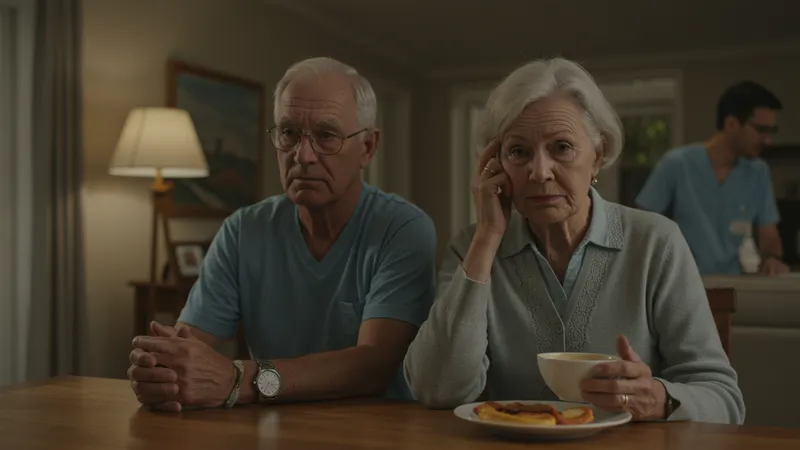
Understanding Swnior Pneumonia: Risks And Care
Recognising Symptoms and Responding Quickly: Critical Steps in Care
Timely identification of pneumonia symptoms can make a lifesaving difference for Australian seniors. Classic signs—fever, cough, shortness of breath—may present atypically in older adults, sometimes only as confusion, weakness, or a lack of appetite. Healthdirect and aged care guidelines stress the importance of regular monitoring for subtle changes in function and behaviour, so that potential cases are flagged early and given prompt medical attention.

Australian aged care standards require staff to document respiratory symptoms daily and report suspicious cases to nurses or visiting GPs. In many facilities, this system has led to quicker diagnoses and more effective isolation of infectious residents, reducing secondary spread. Family members are also advised to watch for sudden declines, especially in home settings where medical oversight might be less consistent. Coordination between carers, families, and clinicians remains a central pillar of senior pneumonia care.
Emergency response plans in Australian aged care are tested each flu season. These plans dictate rapid escalation procedures, such as providing antibiotics within four hours of diagnosis and involving hospital outreach services. Some centers are piloting advanced nurse practitioner roles, allowing for bedside initiation of treatment and more tailored mitigation strategies for frail seniors who may not tolerate hospital transfers well.
For independent seniors, the Healthdirect Risk Checker plays a pivotal role in self-assessment. It enables quick triaging—users answer a structured questionnaire, and the platform advises when to seek medical review or call emergency services. This sort of digital support complements traditional care pathways and empowers older Australians to advocate for their health when new symptoms arise, reducing the odds of complications from delayed treatment.